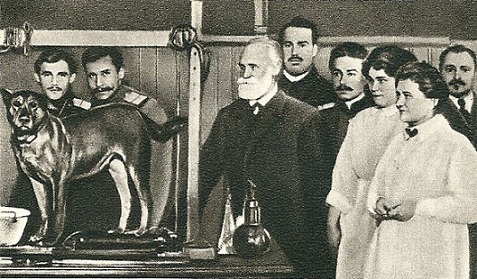When I decided to offer behavior services I had already trained two dogs as urban animal control dogs. If you are interested in that story, go to my blog and put ‘Megan’ in the top search box. My dogs were as good in the field as the city’s police K9’s and in some ways better. However, I have a great deal of respect for kn owledge and learning and decided to delve into the world of science. I called the University of Washington bookstore to see if they had Conditioned Reflexes by Pavlov. (The correct translation of the original Russian title is ‘Conditional Reflexes’. That will make a difference in this conversation, later. )
owledge and learning and decided to delve into the world of science. I called the University of Washington bookstore to see if they had Conditioned Reflexes by Pavlov. (The correct translation of the original Russian title is ‘Conditional Reflexes’. That will make a difference in this conversation, later. )
Continue reading
Monthly Archives: April 2016
Give the Cat a shotgun: Controlling emotions in the real world.
I was just asked a question about emotions. The concern was the emotional reactions that come from suppressing a behavior via punishment. That is a great question because it leads to an examination of a fundamental question – what role does emotion play in behavior?
Continue reading
I Choose Life. Do you?
I have a couple of priorities that I consider necessary to begin a successful training program. I must have a way to make a behavior more common and I must be able to stop a behavior immediately. If I fail to create a foundation for those things I will eventually find gaps in the dog’s repertoire, later. If the gap includes important behaviors and inhibitions such as escaping out the front door, failing to come when called or chewing a live extension cord, any gap can be fatal. That is an ever-present consideration in my life. If I fail to do my job the dog could die. It’s not just with “serious” behavior problems. It is about creating a repertoire that preserves life. I assume that both polarities must be addressed – creating necessary behaviors and creating necessary inhibitions. Of the two, the overwhelmingly more important is stopping and inhibiting unacceptable behavior. That is the primary cause of death to dogs in the US. They do things that people can’t live with. Stop the behavior, save a life. Ignore the behavior or take too long to fix it and you might as well schedule an appointment for euthanasia. Continue reading
